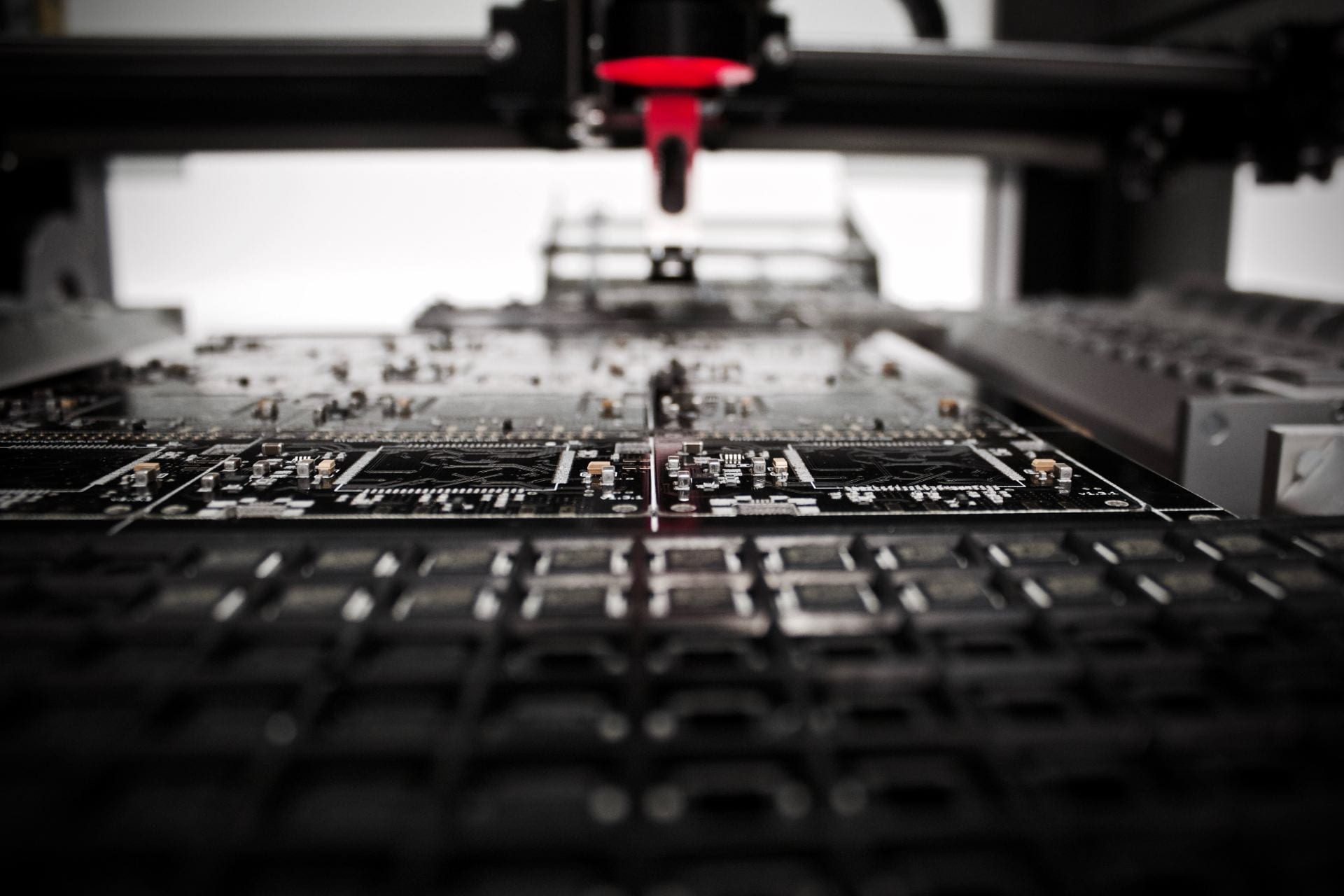
Looking 10-20 years into the future, in the rapidly advancing world of autonomous, special ops, cargo, and medevac aircraft, all of the basic aviation functions will likely be handled completely and competently by Al agents embedded within air vehicles. Under nominal conditions (and many basic off-nominal situations) the Al-controlled vehicle will operate autonomously and independently without input from onboard personnel. However, no mission is ever completely nominal, and many open questions remain about how on-board personnel and Al controlling the vehicle should collaborate effectively. Fluency is the quality of interaction between a human and a robot and has been used to evaluate many aspects of human-robot teaming. In this project, we ask: What is the impact of Human-Al teaming, i.e. fluency on mission effectiveness, and how can it be fostered and maintained?
The goal of this research is to enable appropriate human-Al collaboration needed to deal with off-nominal events by (1) characterizing the challenges to fluency created by human biases and cognitive limitations as they impact Human-Al interaction, (2) quantifying the impact of fluency on mission effectiveness, and (3) exploring and validating mitigation strategies. Specifically, we seek to understand elements of fluency that are needed for an Al agent to seek and receive assistance from onboard personnel who have no direct training in piloting or Al programming. When devising mitigation strategies, our focus will be on mitigations that can be employed dynamically in response to the operator’s behaviors or cognitive state, or in response to drops in fluency. By deploying changes to the Al system and how it engages with the human team member, the Al system can mimic positive attributes in human teaming whereby members change their behavior toward one another based on context and assessment of what is needed to achieve the mission goals.
